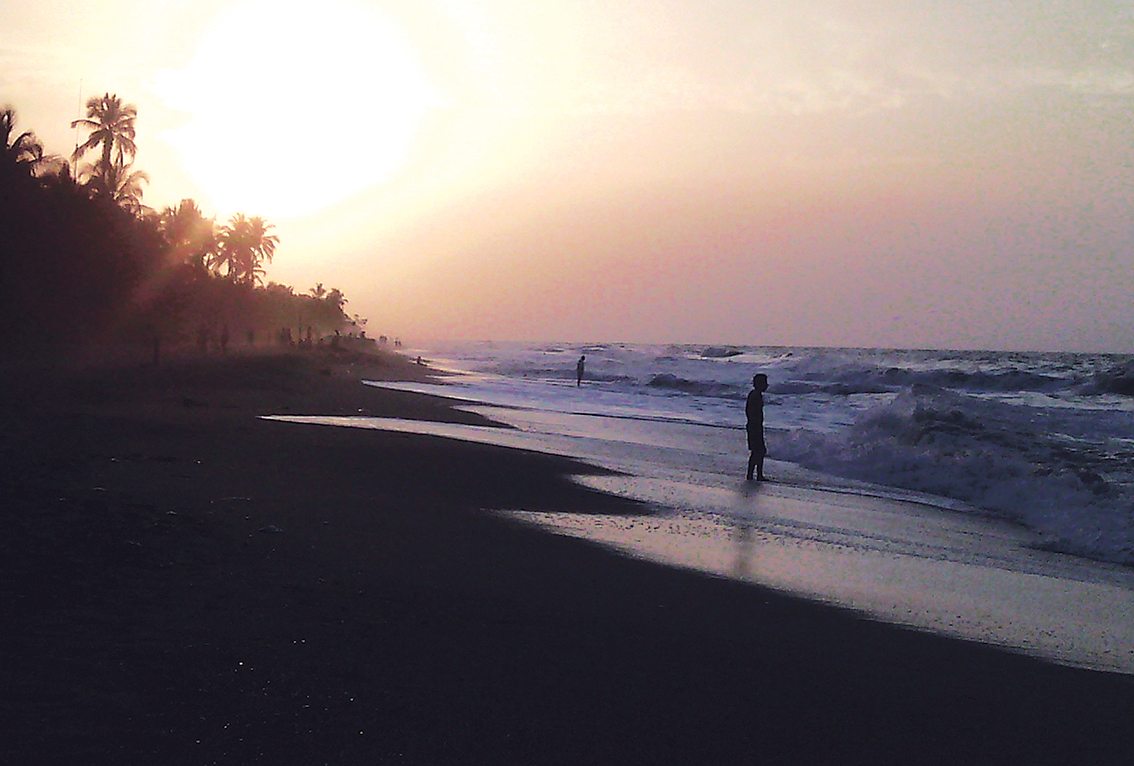The Caribbean coast of Colombia has long attracted global travelers, and recent years have seen an unprecedented boom in tourism. Once quiet towns like Santa Marta and its surrounding areas—Rodadero, Pozos Colorados, and Taganga—are seeing new hotels, hostels, and tourist services sprout up, transforming the landscape. However, the surge in visitors has also cast a shadow over certain regions, with some fearing the toll on the natural beauty and local cultures.
Taganga, a small village just outside of Santa Marta, is a backpacker’s dream, known for budget accommodations and its relaxed vibe. Yet, the rapid influx of visitors has led to over-commercialization, sparking critical remarks from travelers. Wade Shepard, a travel writer for Vagabond Journey, lamented Taganga’s transformation, stating, “Taganga is a tourist net, the product of marketing and a current lack of rival beach towns in the stretch of the Colombian Caribbean.” His words reflect the growing concerns over the unsustainable tourism practices creeping into coastal towns.
Fortunately, just a two-hour bus ride from Santa Marta, the coastal town of Palomino seems determined to avoid this fate. Palomino, once a well-kept secret among travelers, has emerged as a new hotspot for international tourists, particularly Europeans seeking an affordable yet relaxing experience. While Palomino has certainly grown in popularity, its local community is fiercely committed to preserving the area’s pristine environment and unique identity.
Indigenous groups such as the Kogi and Arhuaco, who reside in the nearby Sierra Nevada mountains, regard this land as sacred, a place where natural forces converge in harmony. Their presence adds a spiritual dimension to the region, and their reverence for the land is echoed by Palomino’s local environmental advocates.
Marta Arellano, the owner of eco-hotel La Sirena, is one such advocate. Alongside her friend and fellow “eco-warrior,” Amparo Lega, Arellano is part of Palomino’s Local Environmental Tourism Committee. Their mission is clear: to ensure Palomino develops sustainably as an eco-village. “Don’t worry,” said Arellano, “Palomino will never be another Taganga, because we have a plan to make sure that doesn’t happen.”
This plan, affectionately called “The Palomino Way,” focuses on protecting the town’s natural resources while fostering sustainable tourism. A key aspect of their approach is promoting environmental consciousness among locals and business owners, especially as new hostels and restaurants emerge along Palomino’s main strip. English menus now line the town’s businesses, signaling the growing international presence. Yet, this growth comes with a sense of caution.
Arellano’s La Sirena hotel embodies the ethos of sustainability. Permaculture plays a central role, with dry toilets that turn waste into compost using ashes and sawdust. Water, a precious resource in the region, is conserved and repurposed to irrigate plants and trees. Even shower water is reused—a thoughtful practice in a town without a working sewage system.
Workshops hosted by Palomino’s environmental crusaders are essential in educating the community on how to develop recycling programs and reduce waste, as garbage collection remains an issue along much of Colombia’s coast. The commitment of Palomino’s locals stands in stark contrast to other tourist-heavy areas where infrastructure has failed to keep up with the flood of visitors.
Wade Shepard, though critical of Taganga, expressed relief upon reaching Palomino, writing, “Palomino was what I traveled up the Caribbean for: a beautiful beach and nothing more.” His words resonate with those who seek a balance between tourism and preservation.
The question now is whether Palomino can maintain this balance as it becomes increasingly popular. Every new plot of land with a sign advertising a future hotel brings a pang of concern to long-time visitors and locals alike. Yet, the efforts of Marta Arellano, Amparo Lega, and other eco-conscious pioneers give hope that Palomino can avoid the pitfalls of other overdeveloped tourist towns.
The stakes are high for Palomino, where the environment is not just a backdrop for vacationers but a vital part of the town’s identity. The sacredness of the land, treasured by the indigenous peoples and embraced by the town’s eco-conscious residents, must be preserved. If Palomino can hold firm to “The Palomino Way,” it may set a powerful example for other tourist destinations along Colombia’s Caribbean coast.
In a world where the demand for untouched paradises continues to grow, Palomino stands at a crossroads. Its future may very well hinge on the dedication of those determined to keep it sacred for generations to come.

